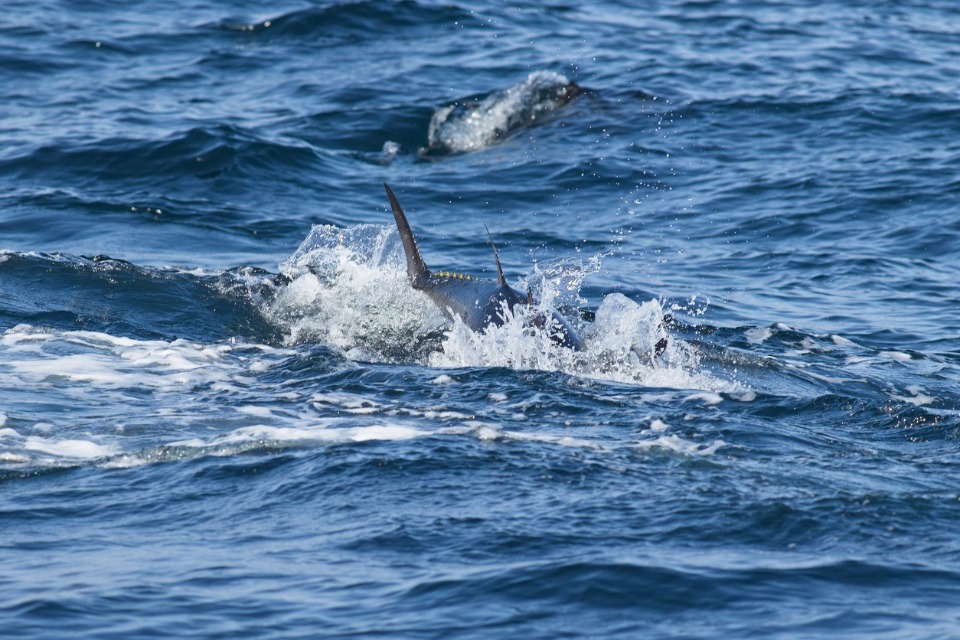Permits have been issued to 89 vessels to recreationally target BFT using rod and line, on a catch and release basis, following a resurgence of the species in England’s waters.
Legislation came into force in June 2024 enabling UK fisheries administrations to launch permitting regimes for the recreational angling of BFT in their waters.
The new English fishery will bring social and economic benefits to the recreational fishing sector and coastal communities. Vessel owners are legally required to report BFT fishing trips to the MMO and data from the fishery in England will be used to improve monitoring of BFT populations, ensuring that the species continues to be managed sustainably in English waters.
Delivery of this year’s recreational BFT fishery is a result of ongoing collaboration between Defra, Marine Management Organisation, Centre for Environment, Fisheries (CEFAS) and Aquaculture Science and recreational fishing organisations.
Working together the Angling Trust, UK Bluefin Tuna Association, Professional Boatman’s Association, CEFAS and Natural England have produced a code of conduct which sets out best practice for catching and release of BFT. The sector has also published wider guidance and video resources on angler safety and fish welfare for participants in the fishery, alongside in-person training.
The opening of the fishery follows successful catch-and-release CHART programmes which allowed a number of anglers over the last three years to target BFT in English waters to support data gathering and scientific research.
In line with the UK’s 2024 BFT fishing plan, endorsed by the International Commission for the Conservation of Atlantic Tunas, 16 tonnes of quota is being reserved for recreational permitting schemes. It is a criminal offence for any recreational vessel to target a BFT in the UK without a permit.
Separately 39 tonnes of quota is being used to continue the trial commercial fishery for BFT, which opened on 1 July and will close at the end of December 2024. The trial will allow us to determine the sustainability of a small-scale commercial fishery, and the social and economic benefits this new fishery could potentially provide.




